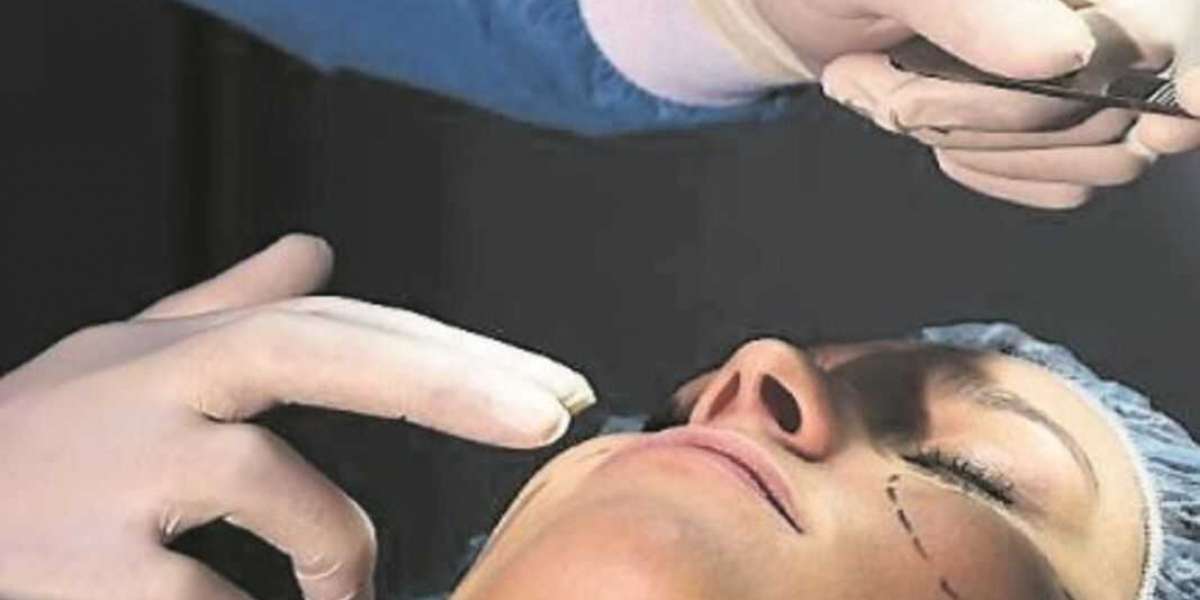Korean face surgery, also known as facial contouring surgery, has gained significant popularity in recent years, attracting individuals seeking to enhance their facial features and achieve a more harmonious appearance. However, many potential patients harbor concerns about the recovery process, often citing fears of pain, scarring, and prolonged downtime. While these concerns are understandable, it is crucial to dispel misconceptions and provide accurate information about the recovery journey.
Recovery Timeline: A Gradual Process
The recovery period for Korean face surgery typically lasts two to three months, depending on the complexity of the procedures performed. This timeline can be divided into three distinct phases:
Phase 1: The First 24 Hours
Immediately following surgery, patients will remain under observation at the hospital for 24 hours. During this time, they will receive pain management medications and close monitoring from medical staff. A trusted companion or family member should be present to provide additional support and assistance.
Phase 2: The First Week
After the initial hospital stay, patients are typically discharged and advised to rest at home for the first week. It is recommended to hire a personal nurse during this period to ensure proper care and hygiene. Maintaining a clean and sterile environment is essential to prevent infection.
Phase 3: Beyond the First Week
By the third week, most patients can gradually resume their daily activities, including work and exercise. However, it is crucial to adhere to a healthy diet and maintain a consistent medication regimen. Regular checkups with the surgeon are essential to monitor progress and address any concerns.
Addressing Common Concerns: Pain, Scarring, and Downtime
Pain Management
Pain is a common concern following surgery, but it can be effectively managed with prescribed medications. Patients should follow their doctor's instructions regarding pain relief and avoid self-medicating.
Scarring
Korean face surgery techniques emphasize minimizing scarring. While some temporary marks may be visible during the initial healing phase, they typically fade significantly over time, becoming virtually unnoticeable within a few months.
Downtime
The extent of downtime varies depending on the procedures performed. While some patients may feel comfortable resuming social activities after a few weeks, others may require more time for optimal recovery. It is essential to listen to one's body and prioritize rest during this healing period.
Balancing Costs and Expectations
The cost of Korean face surgery encompasses not only the surgical procedures but also the associated recovery expenses. Patients should carefully consider these factors when making their decision.
Dispelling Myths: Infection and Bed Rest
A common misconception is that plastic surgery increases the risk of infection. However, with proper hygiene and care, the risk of infection is minimal. Additionally, bed rest is not always necessary. While some procedures may require initial rest, most patients can gradually resume their daily activities within a few weeks.
Conclusion: Informed Decision-Making
Understanding the recovery process of Korean face surgery empowers individuals to make informed decisions about their cosmetic goals. By addressing common concerns and dispelling myths, potential patients can approach the procedure with greater confidence and realistic expectations.








